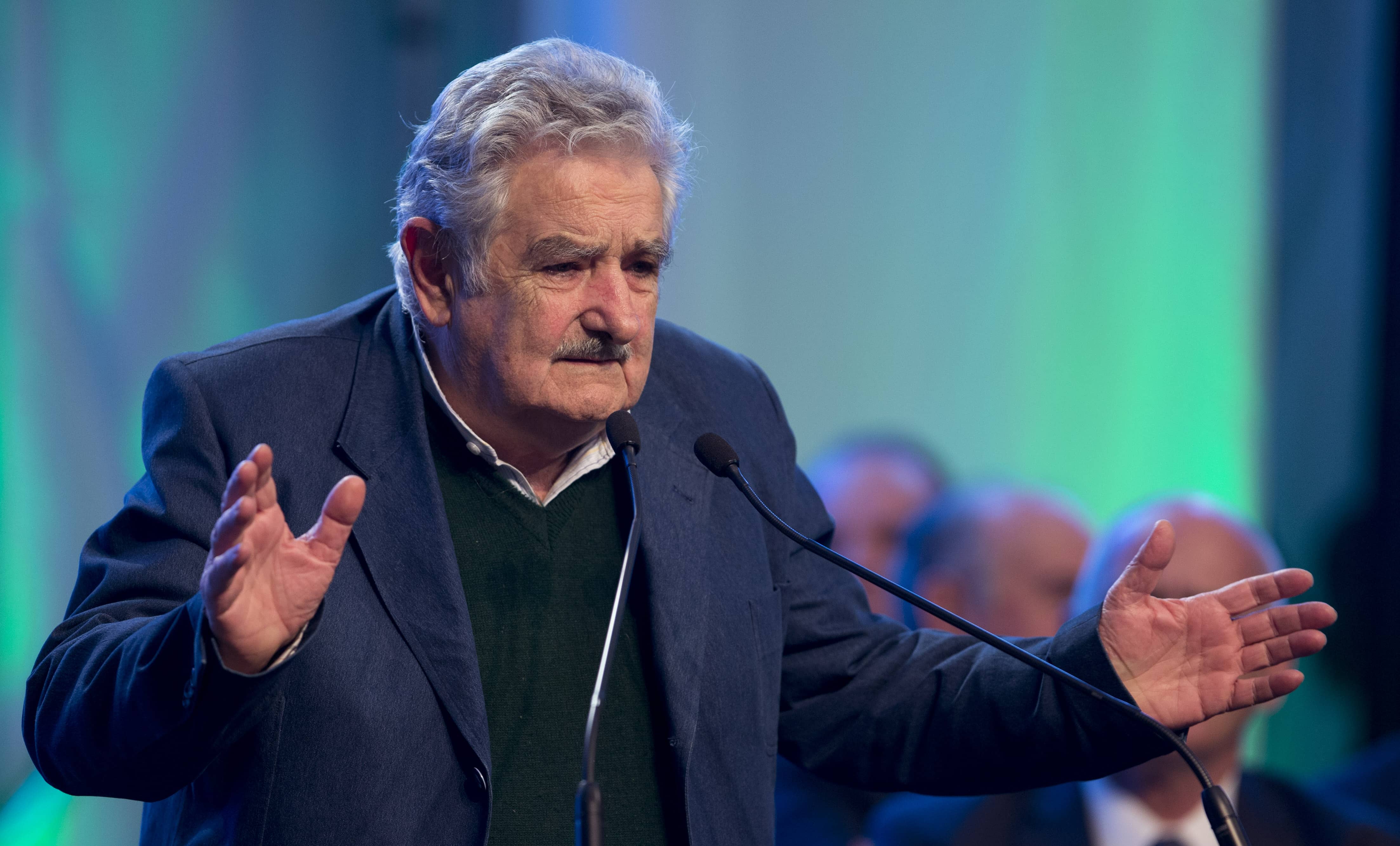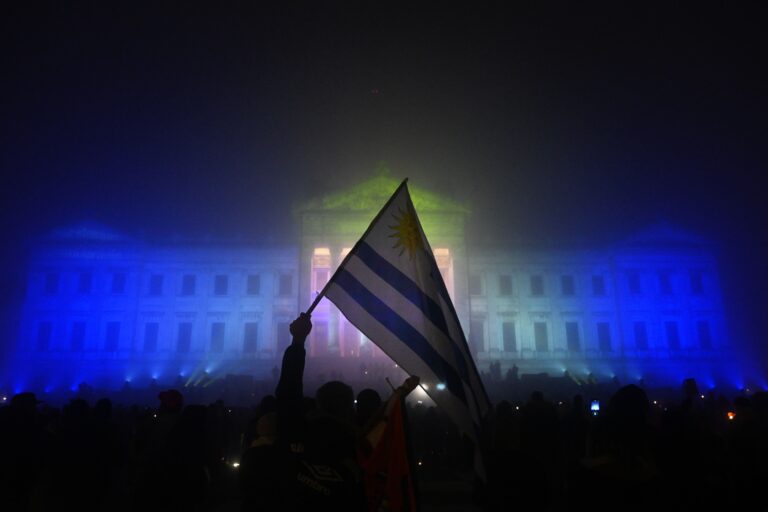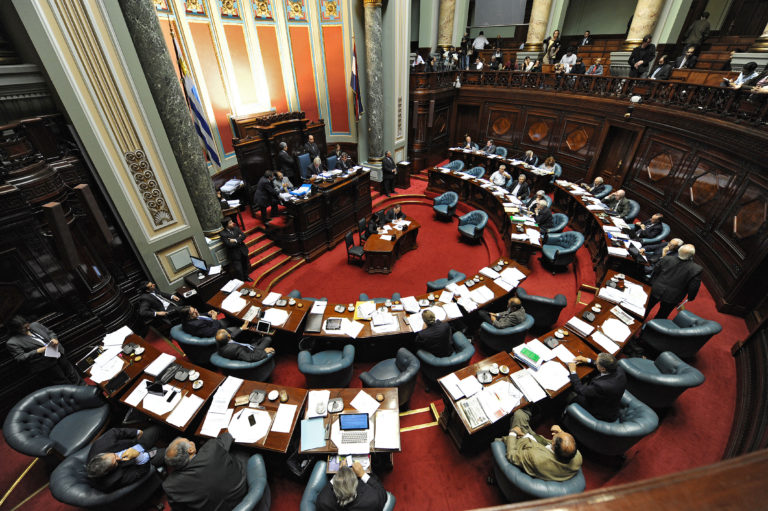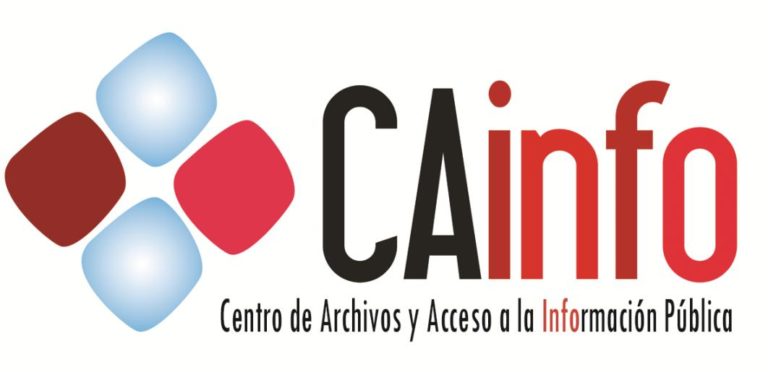Uruguay is the second-highest ranking Latin American country on Reporters Without Borders' 2013 World Press Freedom Index. José Peralta, the current Scotiabank / CJFE Journalism Fellow at Massey College in Toronto discusses the characteristics that make Uruguay a unique place to work as a journalist.
By José Peralta
Uruguay has recently legalized marijuana use and same-sex marriage, and is also only the second country in Latin America to legalize abortion. Collectively, this triad of laws has cast this small country into the international spotlight. The peculiar lifestyle of Uruguay’s president, Jose Mujica, has also made dozens of headlines in international newspapers and prime time broadcasts.
In addition to these singularities however, Uruguay has many other features that differentiate it from the rest of Latin America. Being a journalist there, and having had the opportunity to travel throughout numerous countries in the region, I believe that Uruguay has some particular characteristics that make it a unique place to work as a journalist.
Here are a few notable aspects of working as a journalist in Uruguay:
1) Uruguay is the second-best Latin American country on Reporters Without Borders’ 2013 World Press Freedom Index, surpassed only by Costa Rica. Ranking 27th out of 179 countries, Uruguay has consistently been placed as the best South American country on the Index, and one of the best in the Americas overall. To compare, Canada is ranked 20th, the United Kingdom 29th and the United States 32nd.
2) Uruguay is small. It spans a geographic area of about 176.200 km2, and is inhabited by 3.3 million people. Almost 50 percent of its residents are situated in the capital, Montevideo. This makes a journalist’s work a bit different from other parts of the world. Everyone knows everyone in Montevideo and it is common to see a former president walking through the streets, or the current Minister of Defence buying groceries in the market next to your house. Proximity makes journalism easier, as access to high-level government officials is more immediate. However, despite having access to these people on a daily basis, the country’s small bureaucracy with limited sources can make it difficult to get important people to go on the record.
3) There has only been one journalist murdered in Uruguay in more than 20 years. In comparison to any other country in Latin America, it is one of the safest in the region for media. I have never met a journalist in the country who is afraid of being killed, physically attacked or even harassed for doing their job. There have been cases of phone calls placed to newsrooms in an attempt to pressure editors against publishing a particular article, but they are few and far between. Overall, there is a very good environment for practising journalism.
4) In 2009, the Uruguayan Parliament approved a bill that repealed criminal defamation in cases of public interest involving government officials. This same bill eliminated another article of the Penal Code that mandated criminal sanctions for individuals who offended a foreign dignitary or showed disrespect for national symbols, a huge improvement for free expression in the country.
5) It is incredibly unusual for a politician to attack particular media organizations in Uruguay, and even more rare for criticisms to be targeted at an individual journalist. There is a great deal of tolerance for media in the country, and an understanding that retaliating against the media is not an appropriate reaction to critical reporting.
6) Unfortunately, there is not a great deal of investment in producing deep investigative journalism in Uruguay. Investigative teams that can be found in many other parts of the world are very seldom found in the country, which is also struggling with innovations in new formats and styles of reporting. This is an area where there is much room for improvement, which I look forward to working on upon the conclusion of my fellowship.
José Peralta is the 2013-2014 Scotiabank / CJFE Journalism Fellow at Massey College.
This article was originally published on cjfe.org on 30 January 2014.



